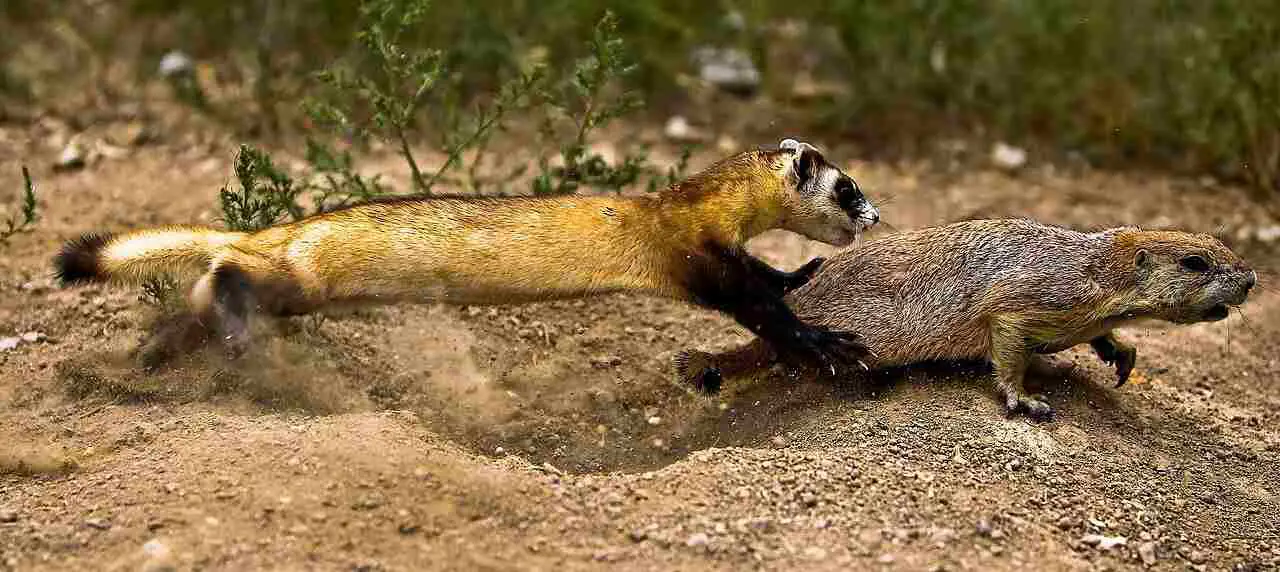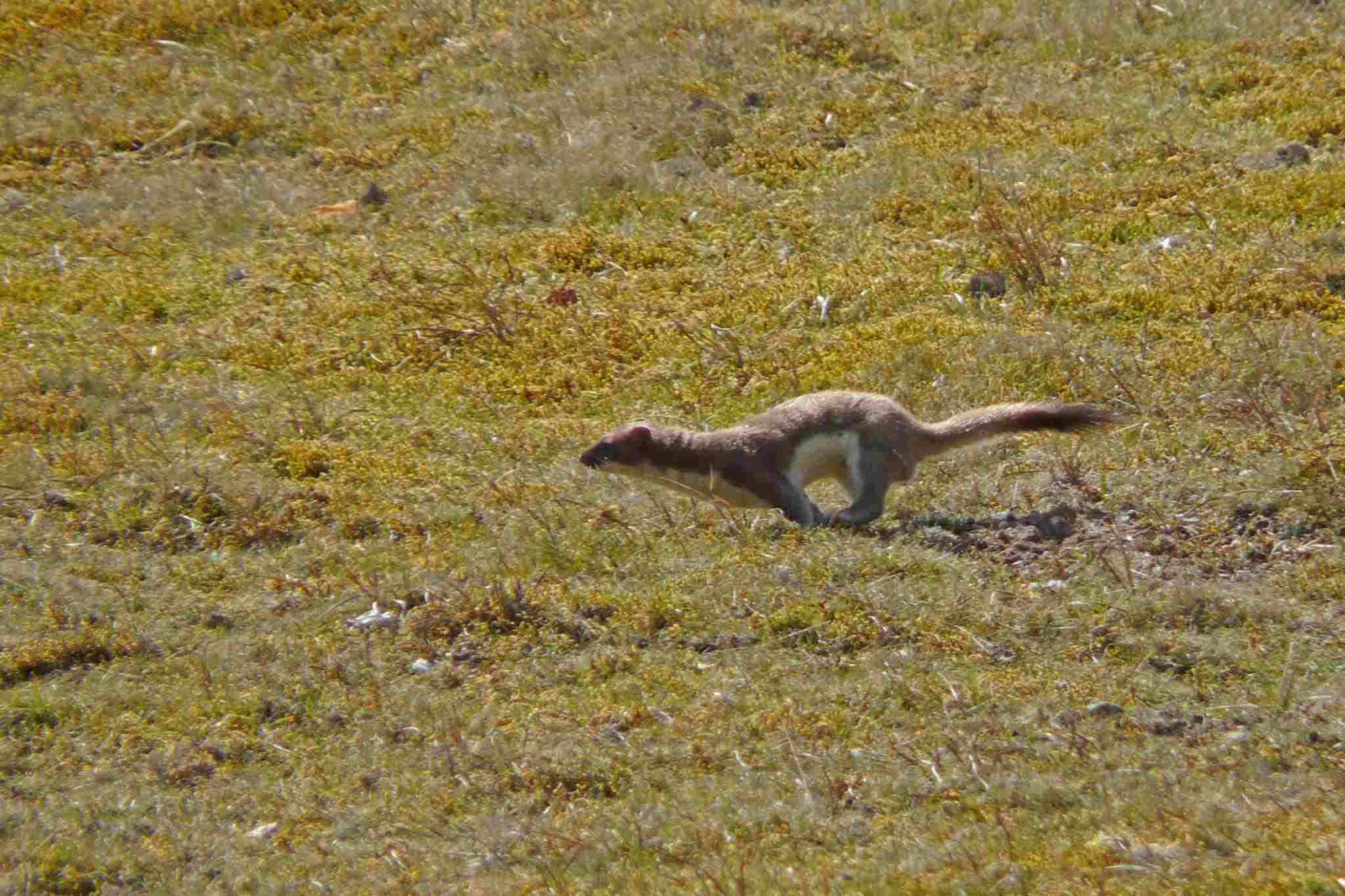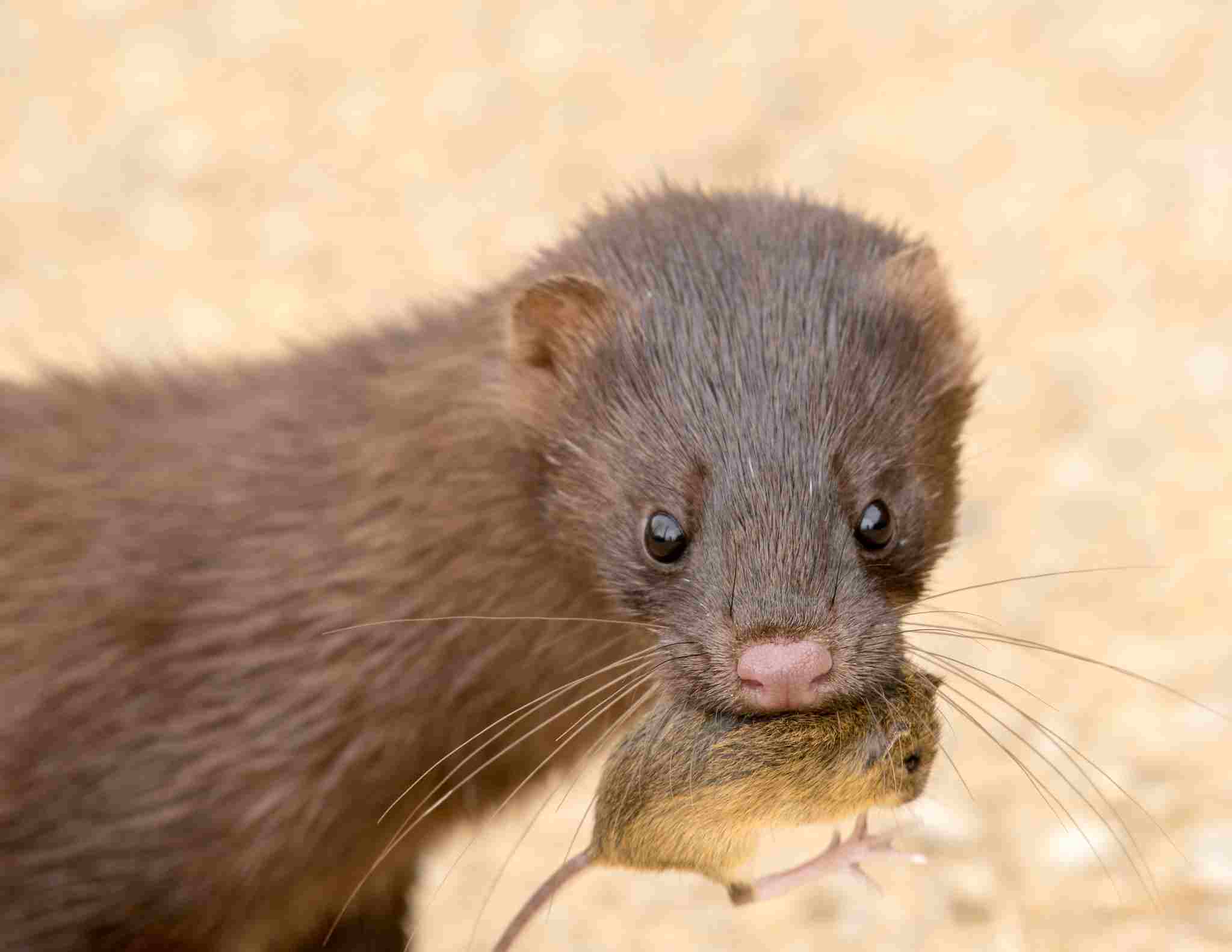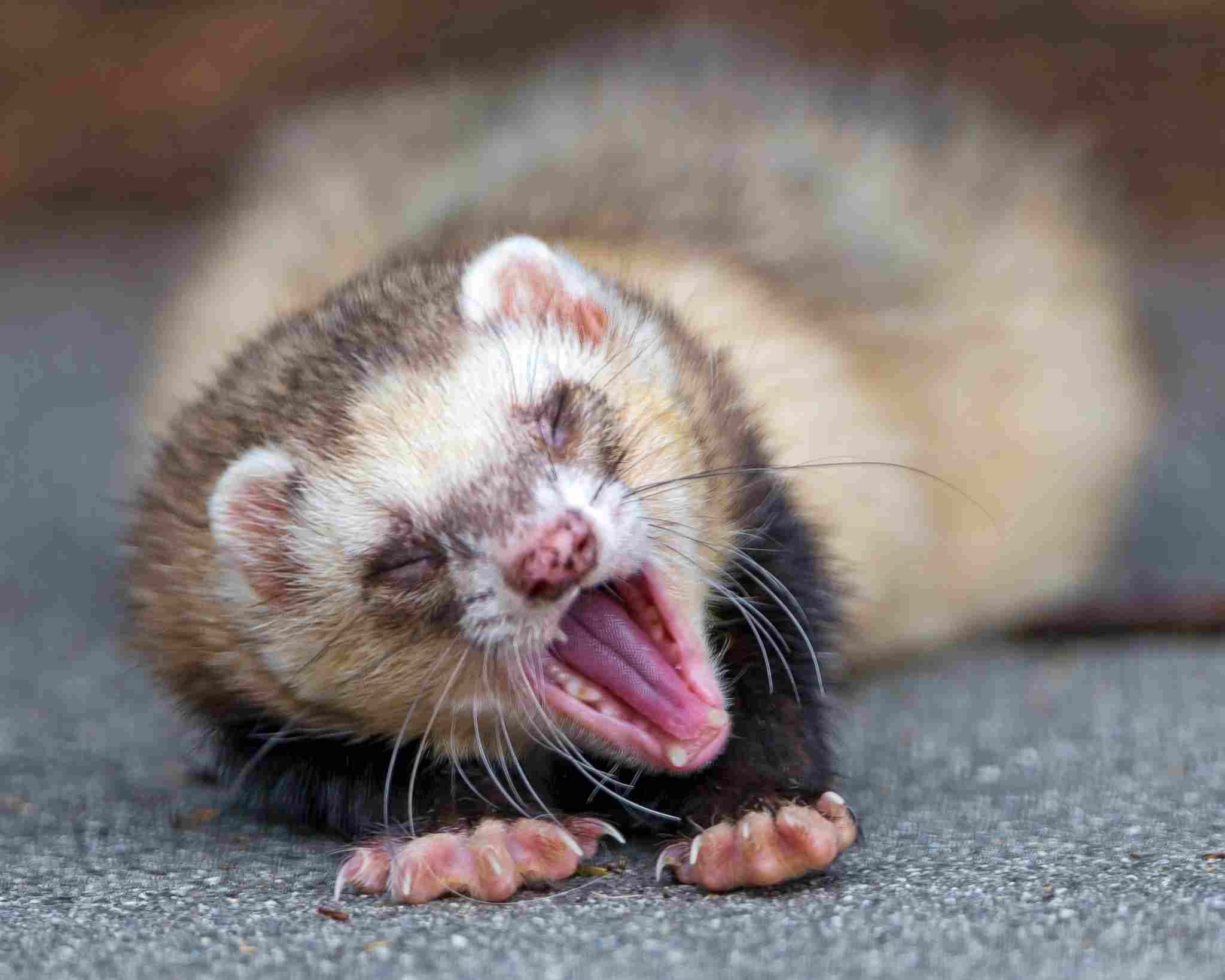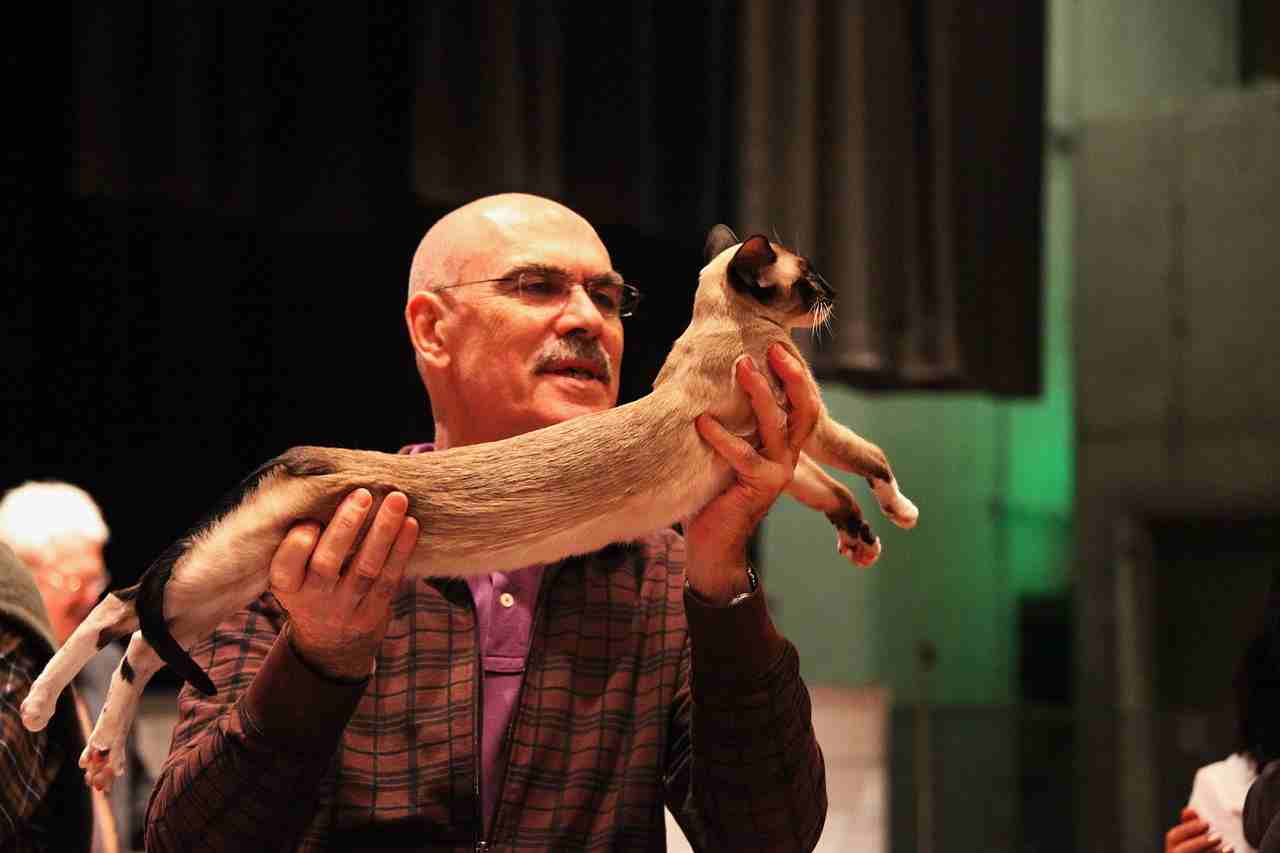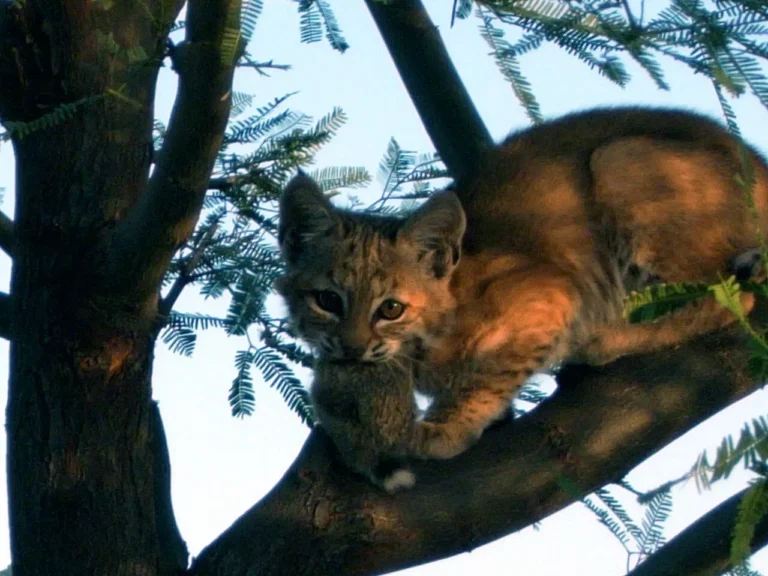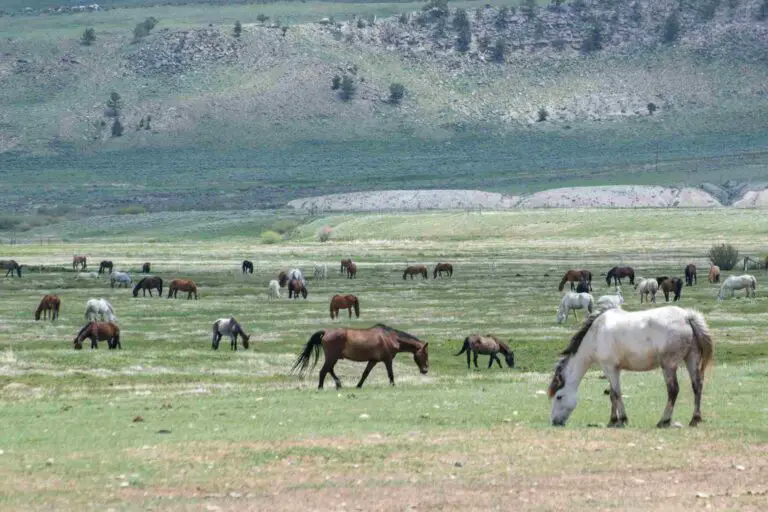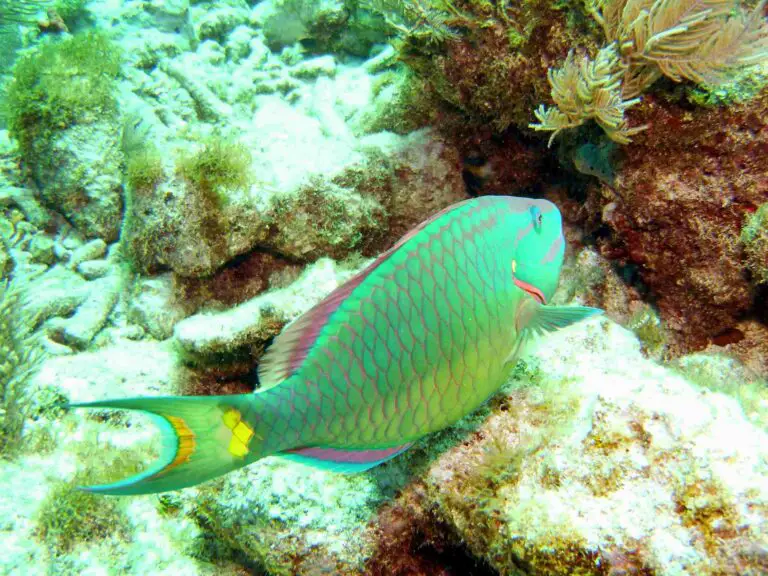Ferret Vs Cat Who Would Win, Overall Comparison
In an envisioned encounter between a ferret and a cat, two popular domestic companions, we explore the potential dynamics of this confrontation. Ferrets, known for their social nature and requirement for more attention as pets, contrast with the solitary and independent nature of cats. This analysis aims to highlight these differences and assert that, although a ferret might win in a fight against a cat of similar size due to its intelligence and flexibility, cats are likely to prevail in most real-life scenarios due to their larger size, greater weight, strength, sharp claws, and superior eyesight.
Ferret vs Cat Fight Prediction: Assessing the Likely Victor in a Confrontation
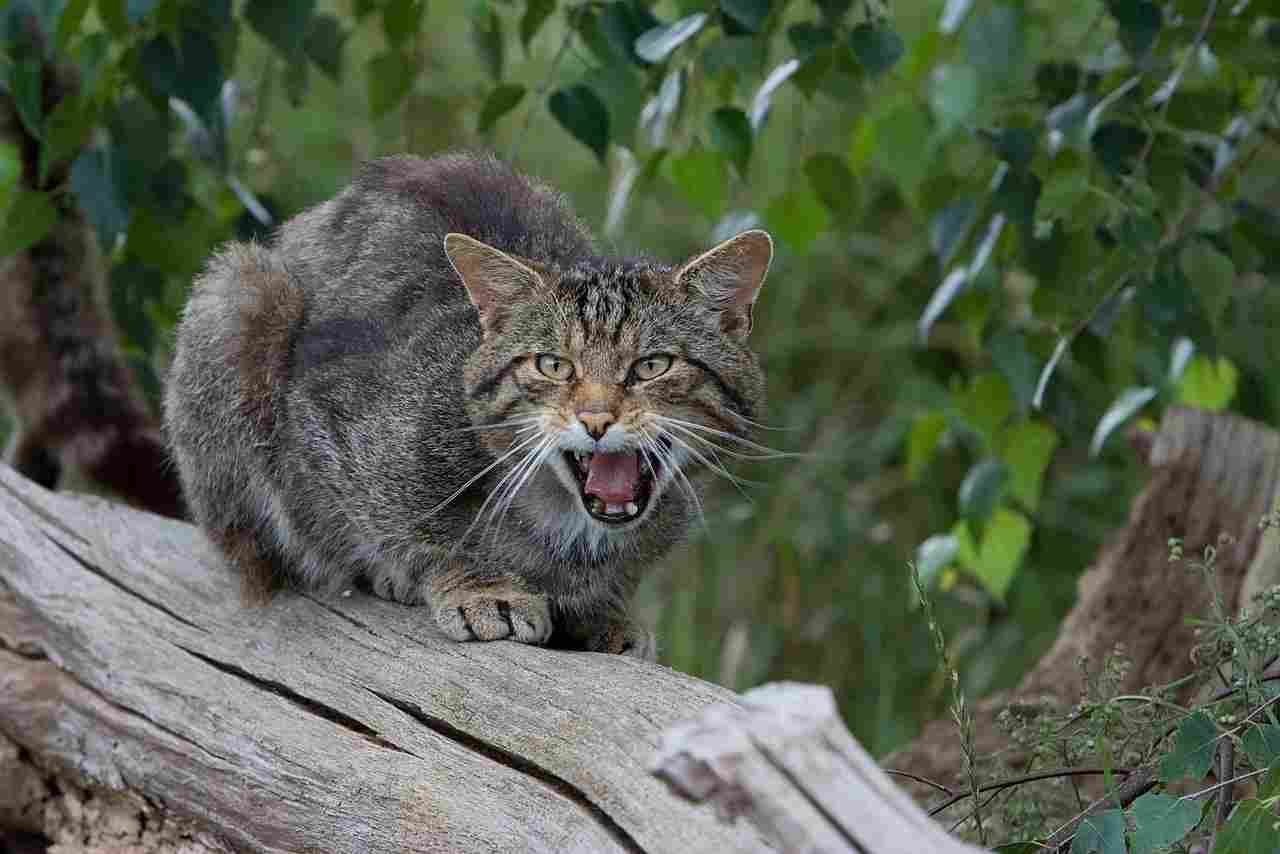
In a hypothetical scenario involving a ferret and a cat, both popular domestic pets, the outcome of a fight is influenced by their social nature, intelligence, flexibility, size, and physical attributes. While ferrets may possess certain advantages in specific aspects, cats, with their larger size, strength, and predatory features, are likely to dominate in most real-life scenarios.
I). Social Nature and Attention Requirements:
– Ferrets are more social animals that require regular interaction and attention from their owners. In contrast, cats are known for their independent and solitary nature, requiring less constant social interaction.
II). Ferret’s Intelligence and Flexibility:
– In a hypothetical fight between a ferret and a cat of similar size, a ferret may win due to its intelligence and flexibility. Ferrets are highly intelligent predators with the ability to outmaneuver opponents, and their flexibility allows for swift and agile movements.
III). Cat’s Size, Weight, and Strength Advantage:
– In most real-life scenarios, cats are likely to prevail in a fight against ferrets due to their larger size, greater weight, and strength. The physical advantages of cats contribute to their dominance in confrontations.
IV). Cat’s Predatory Features:
– Cats possess sharp claws and an innate predatory instinct, which adds to their effectiveness in a fight. The combination of size, strength, and predatory features makes cats formidable opponents in confrontations with smaller animals like ferrets.
V). Superior Eyesight of Cats:
– Cats generally have superior eyesight compared to ferrets, giving them an edge in assessing and responding to their surroundings. This advantage enhances a cat’s ability to detect and react to potential threats during a confrontation.
VI). Overall Dynamics:
– In this hypothetical scenario, while a ferret might win in a fight against a cat of similar size due to its intelligence and flexibility, cats are likely to prevail in most real-life scenarios. The larger size, greater weight, strength, sharp claws, and superior eyesight of cats contribute to their overall dominance in confrontations with smaller, more agile animals like ferrets.
*Details of Comparison
| Criteria | Ferret | Cat |
| Taxonomy | Mustela putorius furo | Felis catus |
| Appearance | Slender, sable/albino, facial mask |
Diverse sizes, fur lengths/colors
|
| Size | Smaller (1.5 to 4 pounds) |
Varied (5 to 20+ pounds)
|
| Weight | Lighter | Heavier |
| Bite Force (PSI) | Weaker (not well-documented) |
Stronger (around 230-270 PSI)
|
| Physical Offensive Adv. | Sharp teeth/claws, ferrets agile |
Both sharp teeth/claws
|
| Physical Defensive Adv. | Agility, musky odor for ferrets |
Agility, puffing up for cats
|
| Speed | 15-20 mph | 30+ mph |
| Agility | Agile in tight spaces, ferrets |
Both agile, cats land on feet
|
| Overall Physical Capacity | Specialized for burrowing |
Versatile in climbing, running
|
| Habitat Preference(s) | Burrows or indoor for ferrets |
Adaptable to various environments
|
| Tracks | 5 toe pads, claw marks for ferrets |
4 toe pads, retractable claws
|
| Lifespan | 6-10 years | 12-20+ years |
| Mode of Feeding | Carnivores, high-protein diet |
Carnivores, high-protein diet
|
| Intelligence | Intelligent, problem-solving (ferrets) |
Varies, problem-solving (cats)
|
| Social Behavior | More social (ferrets), playfulness |
Varies, some are social
|
| Mode of Reproduction | Polyestrous, shorter gestation |
Polyestrous, longer gestation
|
| Parental Behavior | Jills attentive, hobs less involved |
Queens attentive, some male involvement
|
| Proximity to Humans | Found in homes, feral populations |
Ubiquitous, both pets and feral
|
| Behavior Toward Humans | Affectionate, playful (ferrets) |
Varies, affectionate to aloof (cats)
|
| Danger Posed to Humans | Generally not dangerous if properly cared for |
Generally not dangerous if properly cared for
|
| Associated Precautions | Secure living, regular vet care |
Identification, vet care, safe spaces
|
| Conservation Status | Domestic ferrets not threatened |
Feral cats impact ecosystems
|
| Conclusion – Similarities |
Both Carnivora order, proximity to humans
|
|
| Conclusion – Differences | Smaller/lighter ferrets, unique burrowing |
Longer lifespan in cats, feral cat concerns
|
Key Points
- Both ferrets and cats are carnivores with variations in size, appearance, and behavior.
- Ferrets are smaller, lighter, and known for agility and burrowing behavior.
- Cats exhibit versatility in physical abilities, varying behaviors, and can have a longer lifespan.
- Both species, when domesticated and properly cared for, pose minimal danger to humans.
- Feral cat populations can impact local ecosystems, while responsible ownership is crucial for both species.
1. Taxonomy:
Ferret (Mustela putorius furo):
Kingdom: Animalia
Phylum: Chordata
Class: Mammalia
Order: Carnivora
Family: Mustelidae
Genus: Mustela
Species: M. putorius
Subspecies: M. p. furo (domestic ferret)
Cat (Felis catus):
Kingdom: Animalia
Phylum: Chordata
Class: Mammalia
Order: Carnivora
Family: Felidae
Genus: Felis
Species: F. catus
2. Appearance:
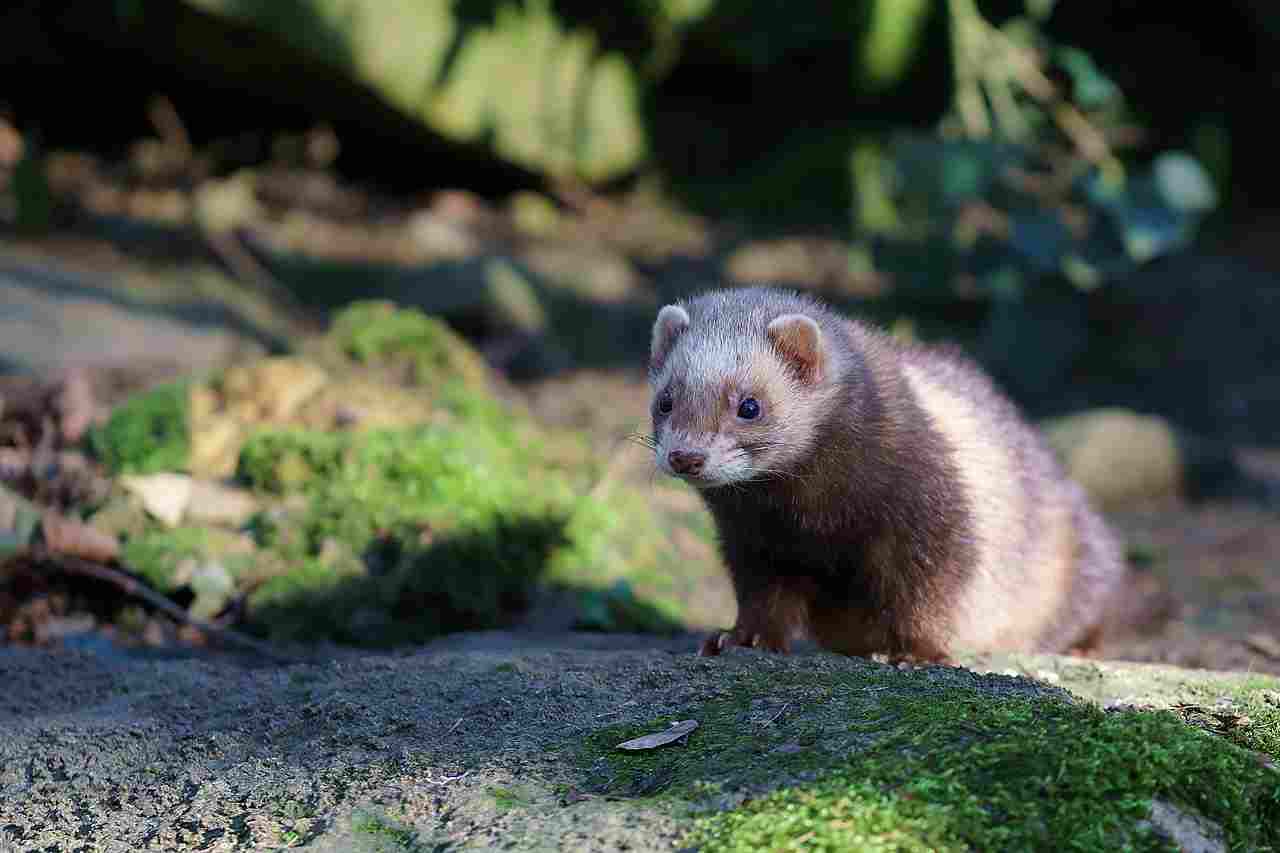
Ferret:
Slender, elongated body with a length of around 20 inches.
Fur colors vary, commonly sable or albino, with a mask-like facial pattern.
Cat:
Diverse appearance, ranging from small to large breeds.
Wide variation in fur length, color, and patterns, including tabby, calico, and solid colors.
Comparison: Ferrets have a distinct elongated body, while cats exhibit a broader range of body shapes and sizes.
Ecological Implications: The varied appearances in both species contribute to their adaptability to different environments, with ferrets’ slender bodies facilitating burrowing, and cats’ diverse coats providing camouflage in various habitats.
3. Size:
Ferret:
Typically smaller, weighing 1.5 to 4 pounds.
Cat:
Varies widely depending on breed, ranging from 5 to 20 pounds or more.
Comparison: Ferrets are generally smaller than cats, making them more suitable for confined living spaces.
Ecological Implications: Size influences the ecological niche each species occupies; ferrets, being smaller, may access narrower spaces, while larger cats may have advantages in hunting larger prey.
4. Weight:
Ferret:
Usually between 1.5 to 4 pounds.
Cat:
Can range from 5 to 20 pounds or more, depending on the breed.
Comparison: Ferrets are significantly lighter than most cat breeds.
Ecological Implications: Weight affects factors such as prey selection, with ferrets likely preying on smaller animals compared to cats.
5. Bite Force (PSI):
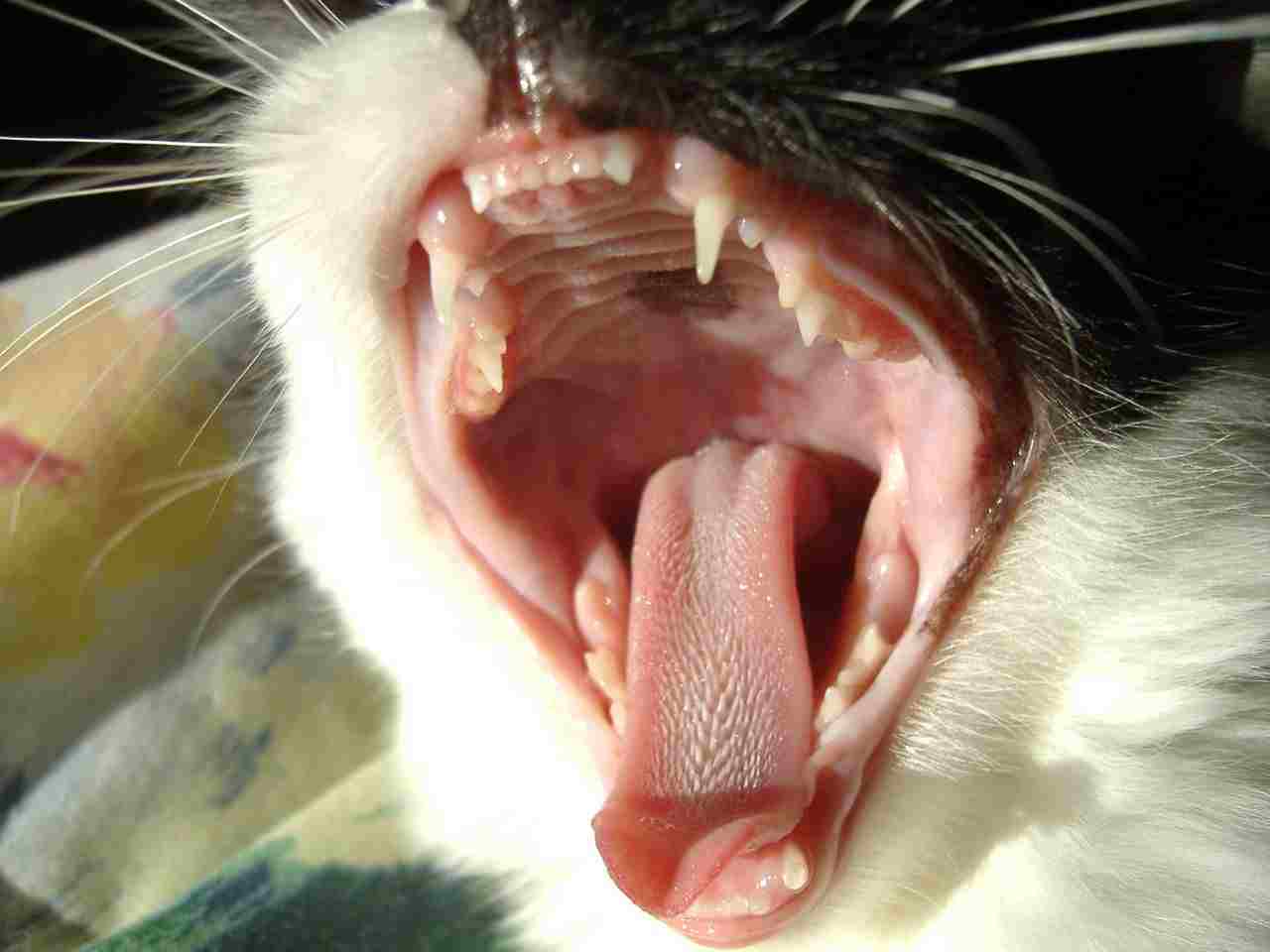
Ferret:
Bite force not well-documented, but relatively weaker compared to larger carnivores.
Cat:
Varies among breeds, but domestic cats generally have a bite force of around 230-270 PSI.
Comparison: Cats generally have a stronger bite force compared to ferrets.
Ecological Implications: Bite force influences hunting capabilities, with cats having a more potent bite for subduing larger prey. Ferrets may rely on agility and speed for capturing smaller prey.
6. Physical Offensive Advantages:
Ferret:
Sharp teeth and claws for hunting and defense.
Agile and able to fit into tight spaces.
Cat:
Sharp teeth and retractable claws for hunting and climbing.
Excellent night vision enhances hunting capabilities.
Comparison: Both ferrets and cats possess sharp teeth and claws, but ferrets may excel in agility and maneuvering in confined spaces.
Ecological Implications: These offensive advantages contribute to their roles in ecosystems, with ferrets potentially excelling in burrowing and cats in climbing and nocturnal hunting.
7. Physical Defensive Advantages:
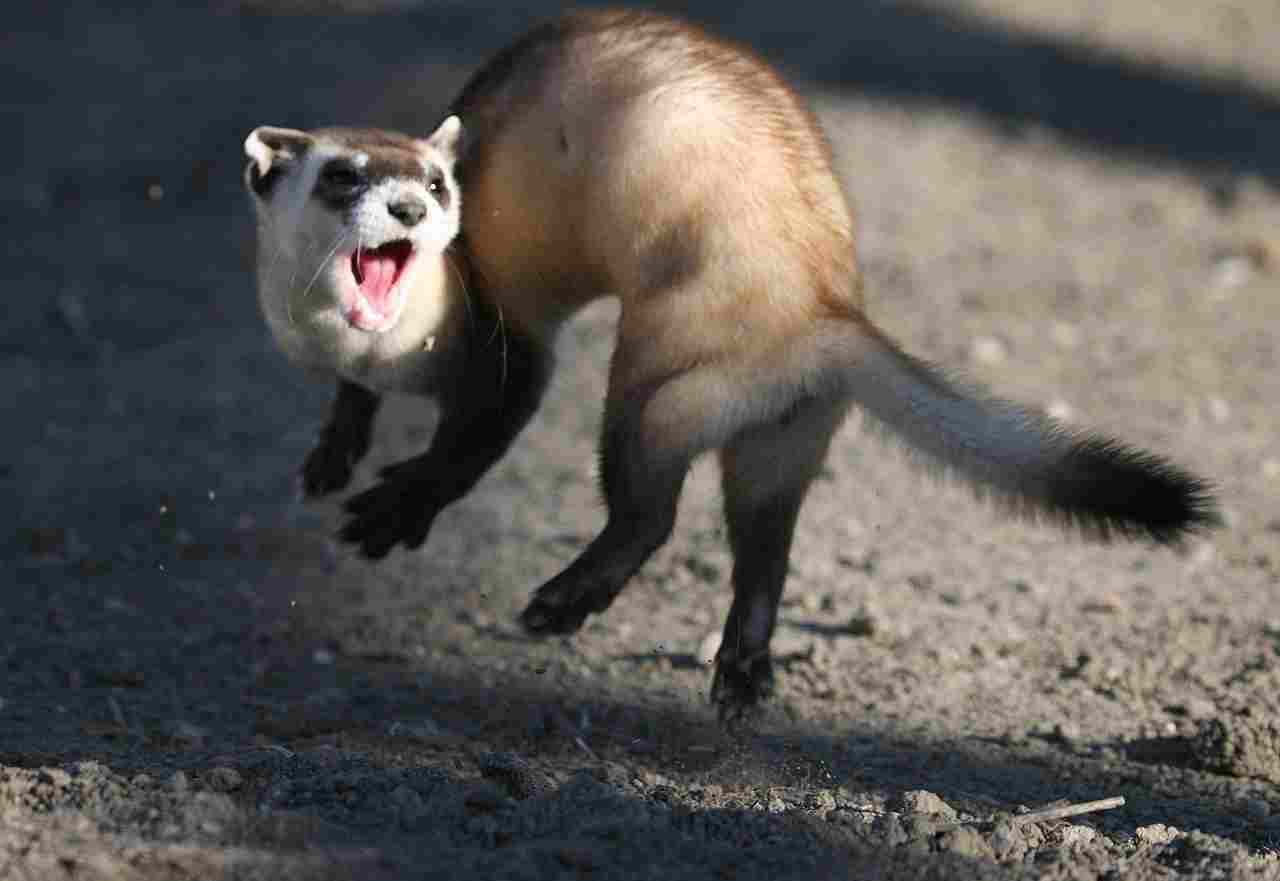
Ferret:
Can emit a musky odor as a defense mechanism.
Flexible bodies aid in escaping predators.
Cat:
Agility and speed for evasion.
Some breeds may arch their back and puff up to appear larger when threatened.
Comparison: Both species use a combination of agility and specialized defense mechanisms, with ferrets relying on scent and cats on physical prowess.
Ecological Implications: Defensive strategies contribute to their survival in various environments, with ferrets’ musky odor potentially deterring predators, and cats relying on agility to escape threats.
8. Speed (Km/hour or Mile/hour):
Ferret:
Can reach speeds of 15 to 20 miles per hour.
Cat:
Varies by breed, but domestic cats can reach speeds of 30 miles per hour or more.
Comparison: Cats generally exhibit higher speeds compared to ferrets.
Ecological Implications: Speed influences hunting success and evasion of predators, with faster cats potentially having an advantage in both aspects.
9. Agility:
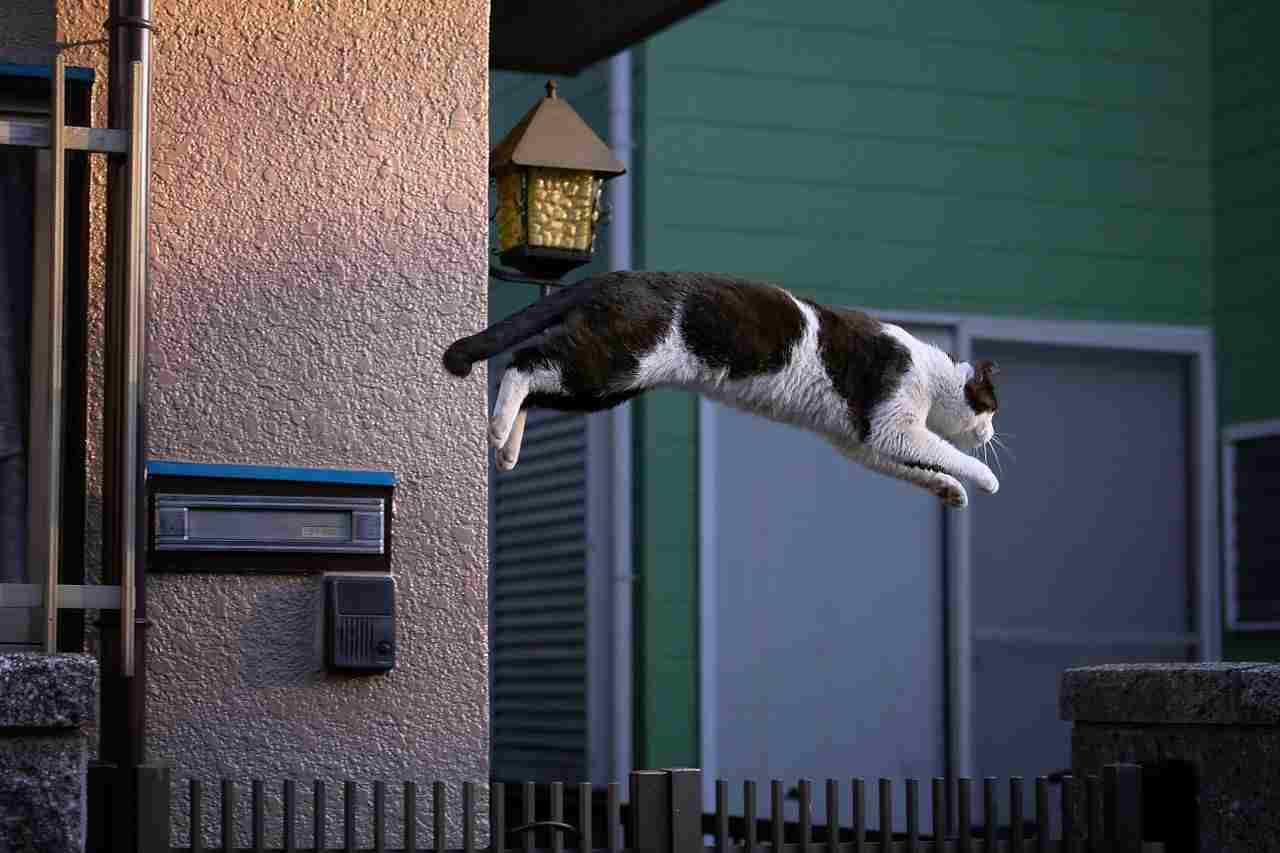
Ferret:
Highly agile and flexible, capable of twisting and turning in tight spaces.
Cat:
Agile and able to land on their feet after falls.
Comparison: Both ferrets and cats are agile, but ferrets may excel in navigating tight spaces, while cats exhibit remarkable agility in various environments.
Ecological Implications: Agility enhances their hunting and survival skills, with ferrets utilizing it for burrowing and navigating underground, while cats rely on agility for climbing and chasing prey.
10. Overall Physical Capacity:
Ferret:
Well-adapted for burrowing and navigating confined spaces.
High energy levels and endurance for extended periods of activity.
Cat:
Versatile physical abilities for climbing, running, and hunting.
Exceptional balance and coordination.
Comparison: While both species exhibit high physical capacity, ferrets may excel in specialized activities like burrowing, whereas cats showcase versatility in various physical tasks.
Ecological Implications: The diverse physical capacities contribute to their roles in ecosystems, with ferrets possibly being efficient burrowers and cats excelling in a variety of hunting scenarios.
11. Habitat Preference(s):

Ferret:
Prefers habitats with burrows or areas to hide.
Domestic ferrets adapt well to indoor environments.
Cat:
Adaptable to various environments, including urban, suburban, and rural areas.
Some breeds may have a preference for specific landscapes.
Comparison: Ferrets may prefer environments with opportunities for burrowing, while cats are known for their adaptability to diverse habitats.
Ecological Implications: Habitat preferences influence their roles in ecosystems, with ferrets possibly contributing to soil health through burrowing, and cats playing a role in controlling small mammal populations.
12. Tracks:
Ferret:
Paw prints show five toe pads with claw marks.
Cat:
Paw prints typically show four toe pads with retractable claw marks.
Comparison: The number of toe pads and claw marks in their tracks can differentiate ferrets from cats.
Ecological Implications: Tracking can aid in studying their movements in the wild, providing insights into their behavior and interactions with the environment.
13. Lifespan:
Ferret:
Typically live 6 to 10 years.
Cat:
Domestic cats can live 12 to 20 years or more, depending on breed and care.
Comparison: Cats generally have a longer lifespan compared to ferrets.
Ecological Implications: Lifespan affects population dynamics and interactions within ecosystems, with shorter-lived ferrets potentially having different ecological roles than longer-lived cats.
14. Mode of Feeding:
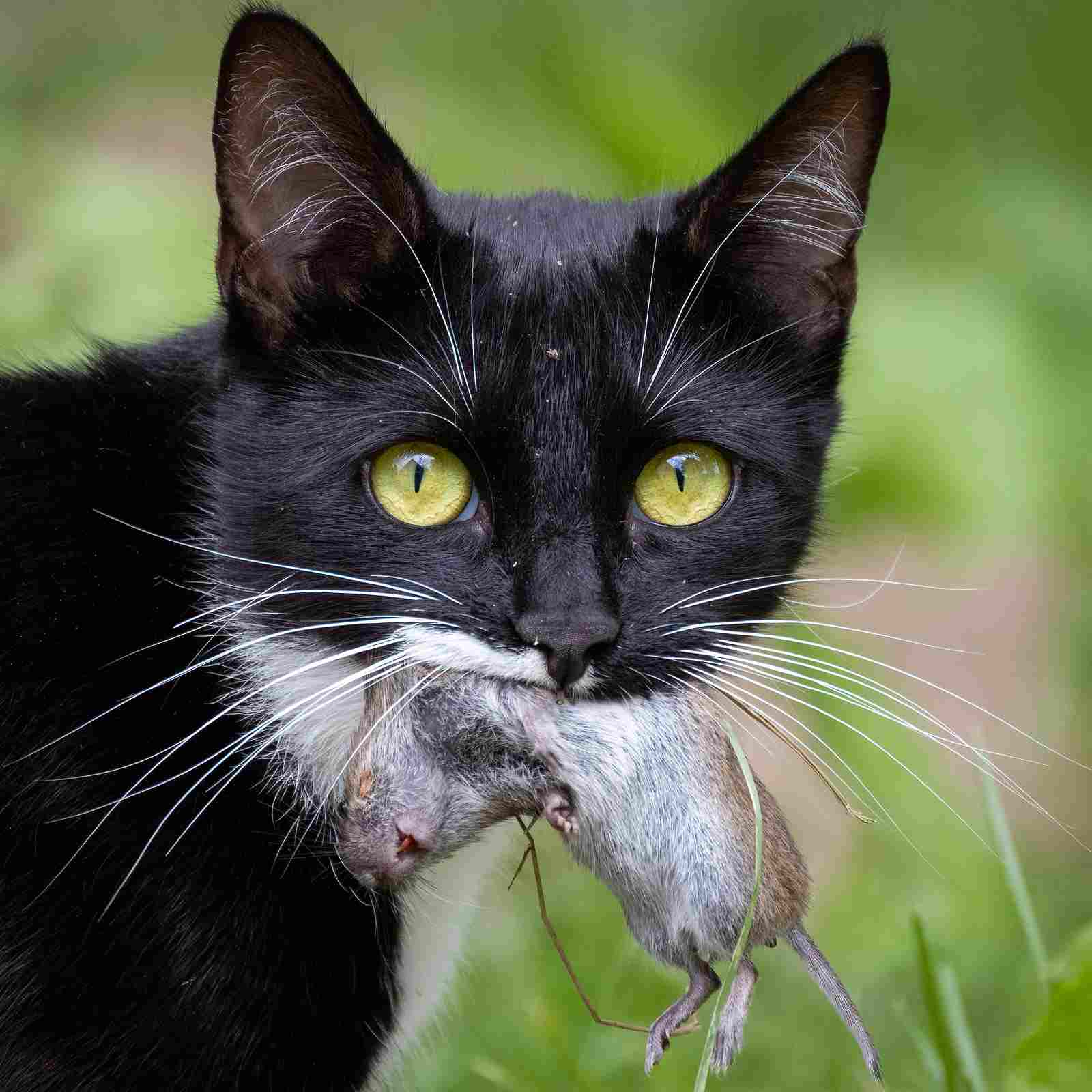
Ferret:
Carnivorous diet, primarily consisting of meat.
Requires a high-protein diet with a mix of animal-based nutrients.
Cat:
Carnivorous diet, with some domestic cats consuming commercial cat food.
Needs essential nutrients from meat sources.
Comparison: Both ferrets and cats are obligate carnivores, requiring a diet rich in animal-based proteins.
Ecological Implications: Their carnivorous diets position them as predators in ecosystems, influencing the balance of prey populations.
15. Intelligence:
Ferret:
Intelligent and curious, known for problem-solving abilities.
Can be trained for certain behaviors.
Cat:
Exhibits problem-solving skills and can learn through training.
Independent thinkers with varying levels of intelligence among breeds.
Comparison: Both ferrets and cats display intelligence, with ferrets often recognized for their curiosity and problem-solving abilities.
Ecological Implications: Intelligence contributes to their ability to adapt to environmental challenges and find food sources in the wild.
16. Social Behavior:
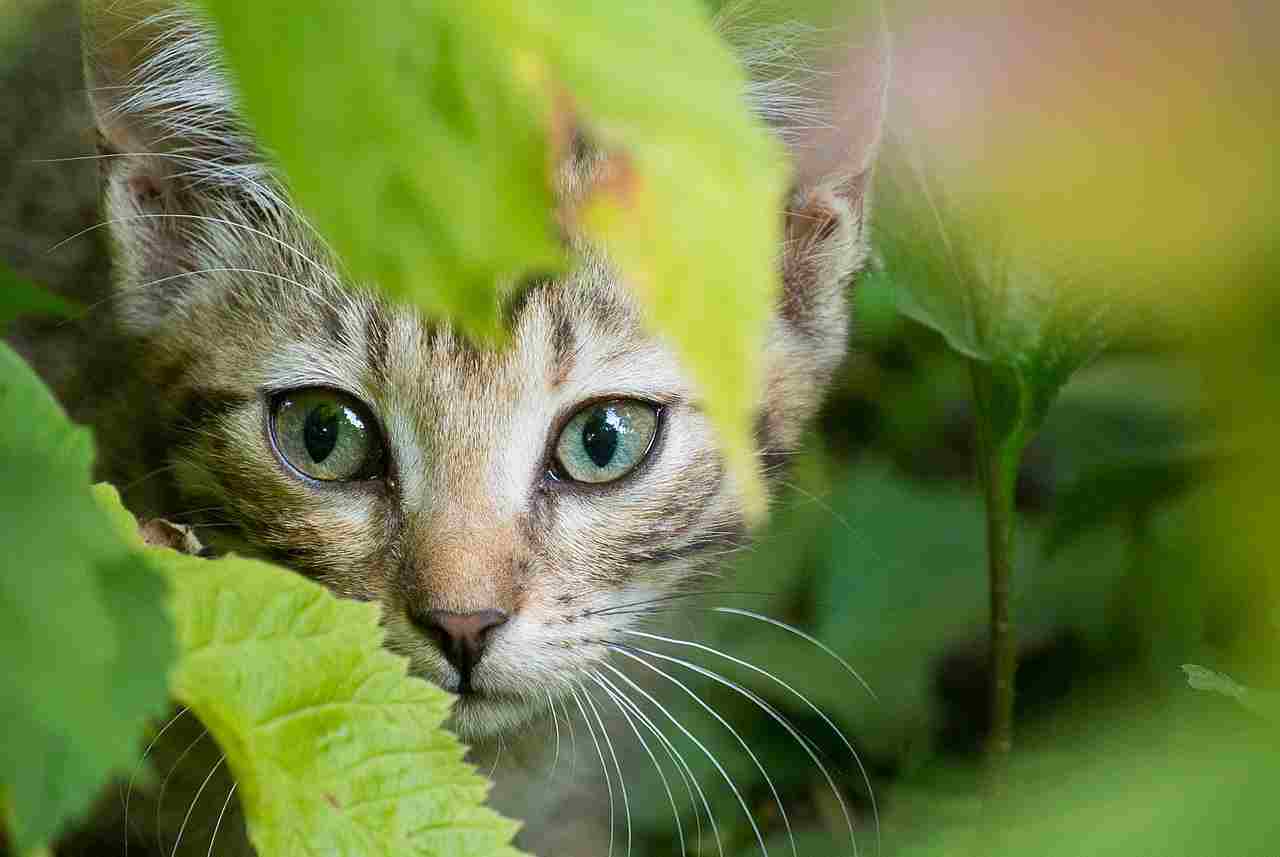
Ferret:
Generally social animals, often kept in pairs or groups.
Exhibit playfulness and engage in “war dances.”
Cat:
Can be solitary or social, depending on the individual and breed.
May form social structures within communities.
Comparison: Ferrets are more predisposed to social interactions, while cats can be more solitary or exhibit varying degrees of sociability.
Ecological Implications: Social behavior influences their interactions with others in the ecosystem, affecting aspects like competition for resources and reproductive strategies.
17. Mode of Reproduction:
Ferret:
Polyestrous, capable of reproducing throughout the year.
Gestation period is around 42 days.
Cat:
Seasonally polyestrous, with increased reproductive activity in spring and summer.
Gestation period is around 63 to 65 days.
Comparison: Both species exhibit polyestrous reproductive cycles but differ in gestation periods.
Ecological Implications: Reproductive patterns influence population dynamics and ecological roles, with ferrets potentially having more frequent reproductive events compared to cats.
18. Parental Behavior:
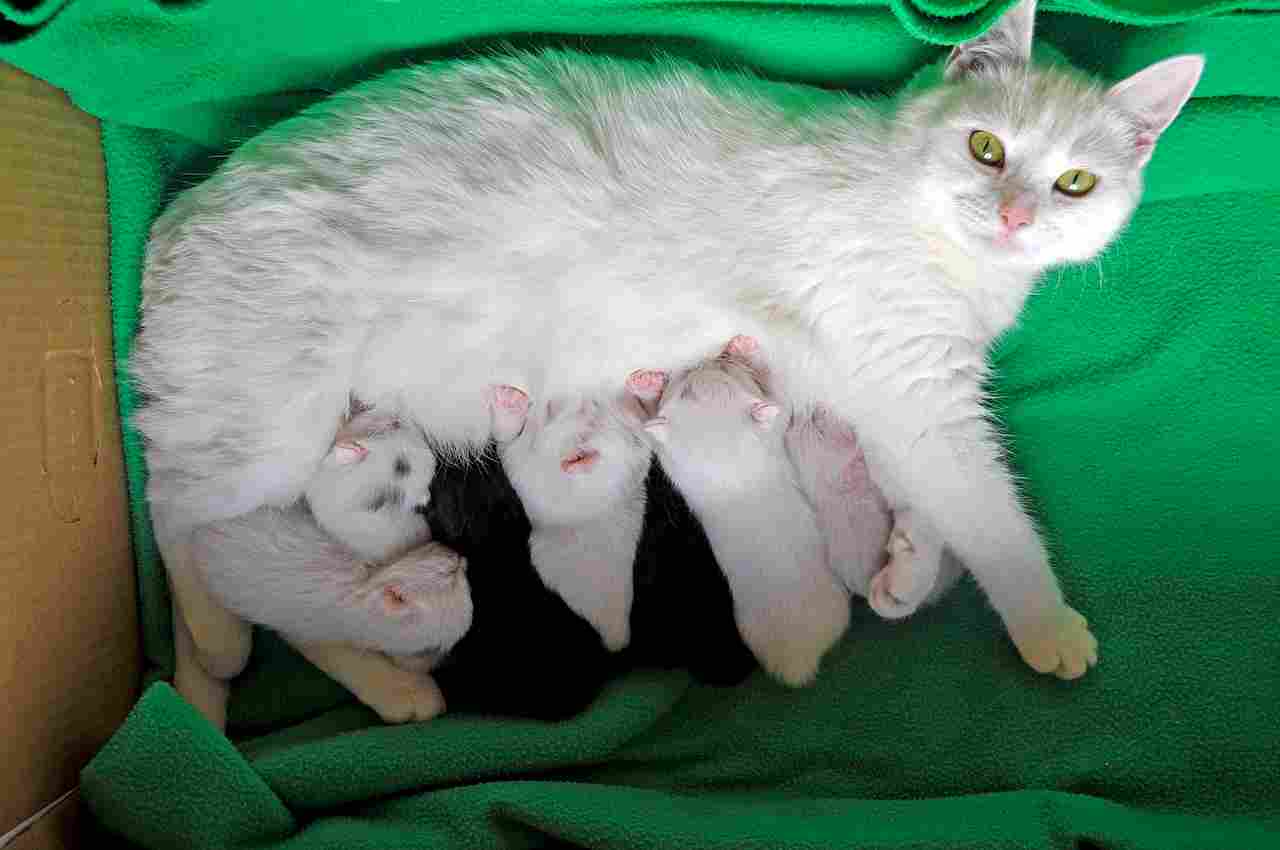
Ferret:
Females (jills) are attentive mothers, nursing and protecting kits.
Males (hobs) may help in providing protection but are not directly involved in caring for the young.
Cat:
Mother cats (queens) are attentive mothers, nursing and grooming kittens.
Some male cats may be involved in caring for kittens, but this varies.
Comparison: Both ferrets and cats exhibit maternal care, but the level of paternal involvement differs.
Ecological Implications: Parental behaviors impact the survival and development of offspring, influencing population dynamics within ecosystems.
19. Proximity to Human-Inhabited Areas:
Ferret:
Domesticated ferrets are commonly kept as pets and can be found in homes.
Feral populations may exist in proximity to human settlements.
Cat:
Ubiquitous in human-inhabited areas, both as pets and feral individuals.
Form diverse relationships with humans, from companionship to pest control.
Comparison: Both ferrets and cats can be found in close proximity to human-inhabited areas, with domesticated individuals commonly kept as pets.
Ecological Implications: Their presence in human-inhabited areas can have various ecological impacts, such as controlling rodent populations or affecting local wildlife.
20. Behavior Toward Humans:
Ferret:
Domesticated ferrets are often affectionate and enjoy human interaction.
May engage in playful behavior with their human companions.
Cat:
Behavior varies widely, from aloofness to affectionate interactions.
Domestic cats may form strong bonds with their human caregivers.
Comparison: Both ferrets and cats exhibit a range of behaviors toward humans, influenced by individual temperament and socialization.
Ecological Implications: Human-animal relationships impact the well-being of these species, particularly for domesticated individuals.
21. Danger Posed to Humans:
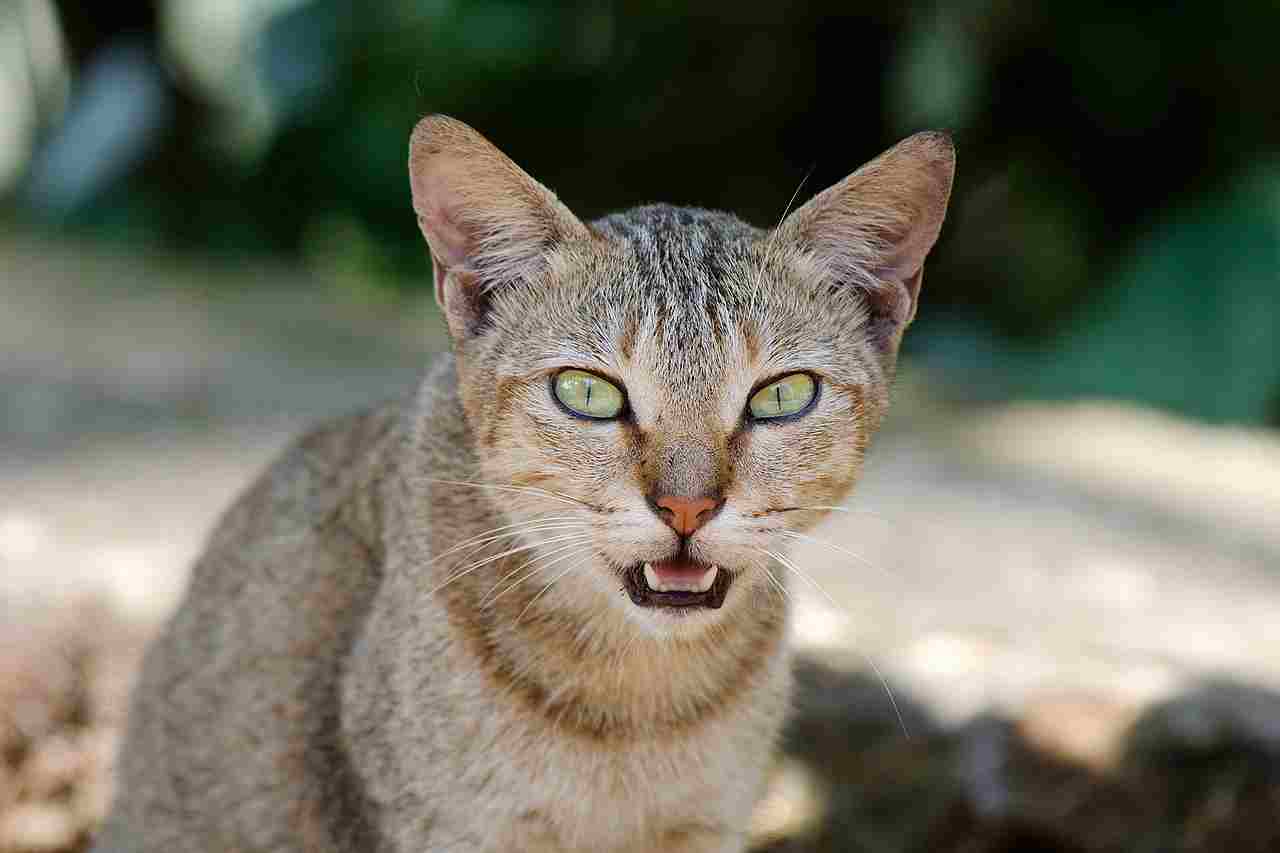
Ferret:
Generally not considered dangerous to humans if properly socialized.
Can bite if provoked or scared.
Cat:
Domestic cats are generally not considered dangerous, though scratches and bites can occur, especially in unfamiliar or threatened situations.
Comparison: Both ferrets and cats, when properly cared for and socialized, pose minimal danger to humans.
Ecological Implications: Understanding potential risks contributes to responsible pet ownership and coexistence with wildlife in natural habitats.
22. Associated Precautions:
Ferret:
Secure living environments to prevent escape.
Regular veterinary care, including vaccinations.
Supervision during interactions with other pets to prevent conflicts.
Cat:
Identification measures like collars and microchips.
Regular veterinary care, including spaying/neutering.
Providing safe outdoor spaces or keeping indoors to prevent accidents.
Comparison: Both ferrets and cats require responsible ownership practices, including preventive measures and regular veterinary care.
Ecological Implications: Responsible ownership minimizes potential impacts on the environment and local wildlife, especially in the case of free-roaming cats.
23. Conservation Status:
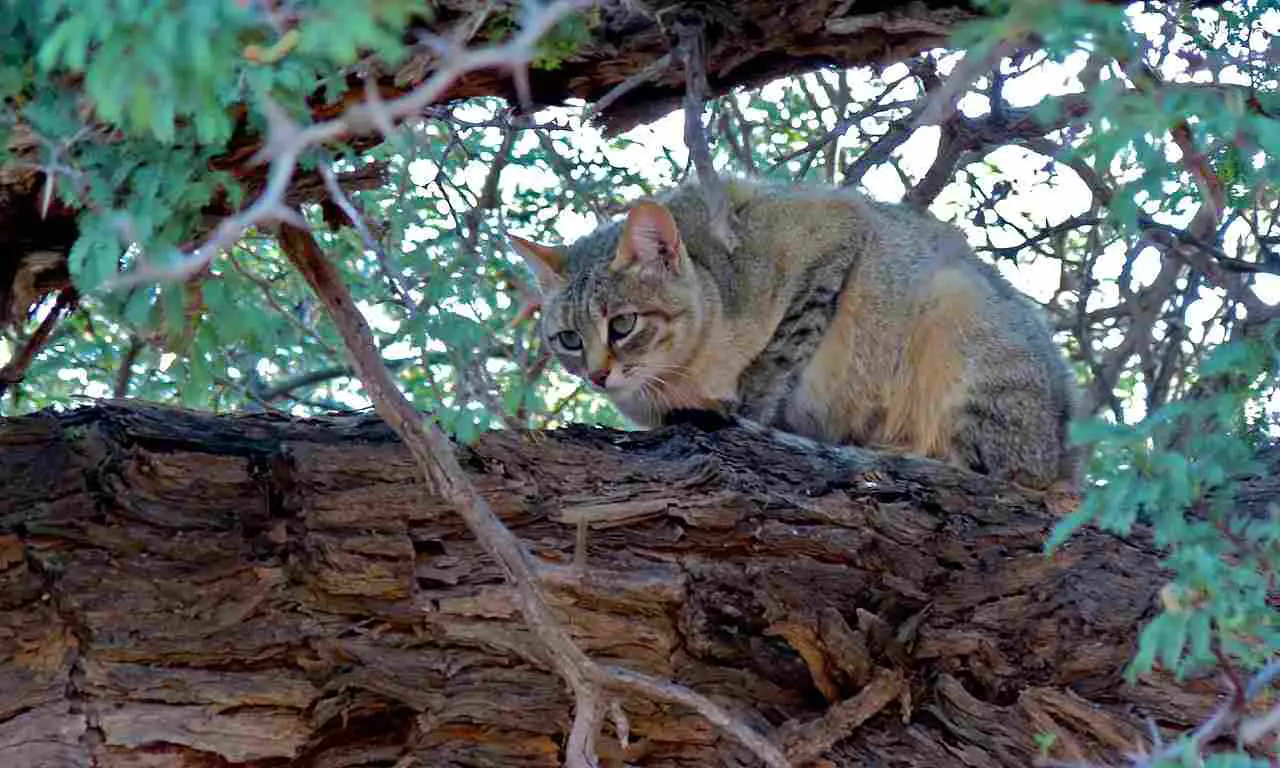
Ferret:
Domestic ferrets (Mustela putorius furo) are not listed as threatened or endangered.
Some wild ferret species, like the black-footed ferret, face conservation challenges.
Cat:
Domestic cats are not listed as a species, but feral cat populations can impact local ecosystems and wildlife.
Comparison: While domestic ferrets are not at risk, feral cat populations can pose challenges to local ecosystems.
Ecological Implications: Conservation status considerations highlight the need for responsible ownership and management of feral cat populations to protect biodiversity.
Summary of Comparsion
Taxonomy:
Ferret: Mustela putorius furo
Cat: Felis catus
Appearance:
Ferret: Slender, sable or albino, facial mask
Cat: Diverse, various sizes, fur lengths, and colors
Size:
Ferret: Smaller (1.5 to 4 pounds)
Cat: Varied (5 to 20+ pounds)
Weight:
Ferret: Lighter
Cat: Heavier
Bite Force (PSI):
Ferret: Weaker (not well-documented)
Cat: Stronger (around 230-270 PSI)
Physical Offensive Advantages:
Both have sharp teeth and claws
Ferrets may excel in agility
Physical Defensive Advantages:
Both use agility
Ferrets emit musky odor, cats puff up
Speed:
Ferret: 15-20 mph
Cat: 30+ mph
Agility:
Both agile, ferrets in tight spaces, cats land on feet
Overall Physical Capacity:
Ferrets specialized for burrowing
Cats versatile in climbing, running, hunting
Habitat Preference(s):
Ferrets: Burrows or indoor
Cats: Adaptable to various environments
Tracks:
Ferret: 5 toe pads, claw marks
Cat: 4 toe pads, retractable claw marks
Lifespan:
Ferret: 6-10 years
Cat: 12-20+ years
Mode of Feeding:
Both carnivores, high-protein diet
Intelligence:
Both intelligent, ferrets known for problem-solving
Social Behavior:
Ferrets more social, cats vary
Mode of Reproduction:
Both polyestrous, differ in gestation periods
Parental Behavior:
Ferrets: Male less involved
Cats: Some males may help
Proximity to Human-Inhabited Areas:
Both found in homes, ferrets may be feral
Behavior Toward Humans:
Both exhibit a range of behaviors
Danger Posed to Humans:
Both generally not dangerous if properly cared for
Associated Precautions:
Both require secure living, regular veterinary care
Conservation Status:
Domestic ferrets not threatened
Feral cats impact ecosystems
Conclusion
Similarities:
Both ferrets and cats belong to the order Carnivora and share a carnivorous diet.
Domesticated individuals of both species commonly live in close proximity to humans.
Differences:
Ferrets are generally smaller and lighter than most cat breeds.
Ferrets have a unique burrowing behavior, while cats showcase diverse physical abilities.
Cats typically have a longer lifespan compared to ferrets.
Feral cat populations can have ecological implications, whereas domesticated ferrets do not pose similar concerns.
